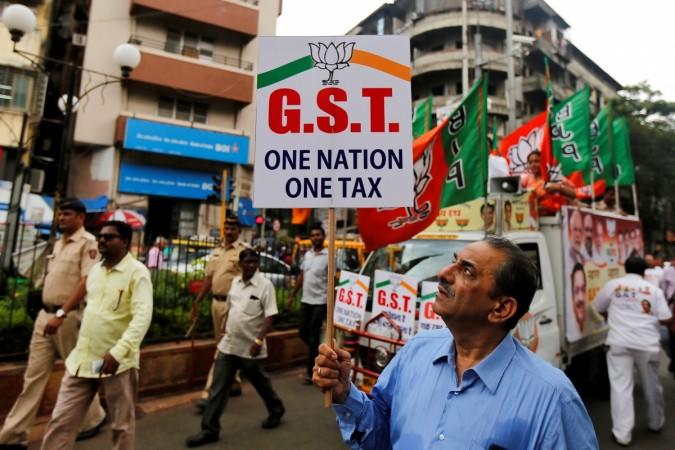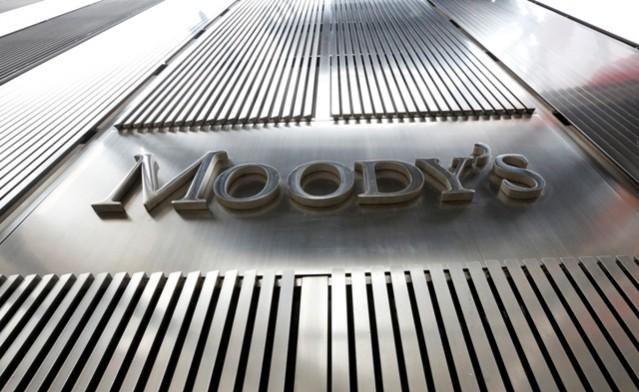
India lost its tag of the fastest growing major economy in the world post demonetisation and the rollout of the Goods and Services Tax (GST) this year. However, as the economy is now in the path of recovery, it is expected that the country will soon snatch back the tag as it is slowly shrugging off the disruptions caused by the implementation of the two big economic reforms.
So, a flashback of the major economic events that will shape India's future in the coming years are as follows :
1) Demonetisation :
Although the government announced to scrap Rs 500 and Rs 1,000 notes in November 2016, the major impact of the cash ban was felt in 2017.
The scrapped notes constituted about 80 percent of the total currency circulation. And the Narendra Modi government had declared the move as a bid to remove black money from the system and counter illegal activity and terrorism.
However, the poor implementation of demonetisation led to a severe cash crunch in the country. People had to go through long -snakelike lines in front of banks and ATMs to exchange their notes. The economy in India before demonetisation was highly dependent on cash.
Hit hard by demonetisation, India also lost the tag of the fastest growing major economy in the world in the March quarter with a GDP growth of 6.1 percent.
But, by the end of August, 99 percent of the banned currency was deposited in banks, leaving only about Rs 14,000 crore of the total demonetised currency discarded.
After that, the move for India's digital transactions also gathered steam. Lack of cash in ATMs also pushed people to opt for more digital transactions.
Digital transactions in September rose to the second highest monthly level by value due to cash ban. According to a data released by the Reserve Bank of India (RBI), transactions through digital means rose 13.5 percent to Rs 124.69 trillion in September from Rs 109.82 trillion in August.
2) Goods and Services Tax (GST)

Soon after the episode of demonetisation, the government introduced the GST on July 1. It is an indirect tax levied in India on the sale of goods and services mainly implemented to replace several cascading taxes levied by the central and state governments.
GST is divided mainly into five tax slabs – 0 percent, 5 percent, 12 percent, 18 percent and 28 percent.
The implementation of the new tax regime further spurred confusions among businesses and people which led to a subsequent decline in India's growth.
India's economic growth unexpectedly slowed to 5.7 percent in the June quarter, the slowest pace in three years due to the disruptions caused by the rollout of the new tax regime.
However, the growth picked up in the September quarter and rose to 6.3 percent suggesting that India is slowly shrugging the effects of GST and demonetisation.
3) Bank Recapitalisation :
![The Reserve Bank of India (RBI) Governor Urjit Patel attends a news conference after the bi-monthly monetary policy review in Mumbai, India April 6, 2017. [Representational Image] rbi, rbi repo rate, rbi governor urjit patel, urjit patel on farm loan waiver, up govt waives farm loans, agrarian crisis in india, modi govt](https://data1.ibtimes.co.in/en/full/641685/rbi-rbi-repo-rate-rbi-governor-urjit-patel-urjit-patel-farm-loan-waiver-govt-waives-farm.jpg?h=450&l=50&t=40)
Another recent problem that is staring India at the face is of bad loans. The Reserve Bank of India (RBI) has come out with the names of loan defaulters.
Because of bad loans, the state-owned banks are heavily burdened with non-performing assets (NPAs). According to a Reuters report, India's bad loans touched a record high of Rs 9.5 lakh crore at the end of June.
In a big move to help the stressed banks, the Finance Ministry announced a Rs 2.11 trillion bank recapitalisation plan in October for state-owned lenders in a bid to stimulate the flow of credit and boost private investment.
Out of the total amount, Rs 1.35 trillion will come from the sale of recapitalisation of bonds and the remaining Rs 76,000 crore will be through budgetary allocation and fundraising from the markets.
4) Ease of Doing Business:

The next big economic event that took place in 2017 is that India jumped into the 100th place on the World Bank's ranking of countries by Ease of Doing Business for the first time in its report for 2018. That was up about 30 places.
According to the World Bank, the jump was mainly driven by reforms in access to credit, power supplies and protection of minority investors. The report came after PM Modi eased tax rules for small and medium-sized companies.
This also suggests that India is crawling back to growth.
5) Moody's Ratings

In November, Moody's Investors Service also upgraded India's sovereign credit rating for the first time in almost 14 years due to continued progress on economic and institutional reforms that are expected to boost the country's growth potential.
This upgrade is the first one since January 2004. All Indian markets, including stocks, bonds and the rupee, rallied on the ratings' upgrade.
"Moody's upgrading India's Ratings is a reflection of India growth story and sound economic principles for a #NewIndia. Hoping others will follow [sic]," NITI Aayog's vice-chairman Kumar had tweeted.

















